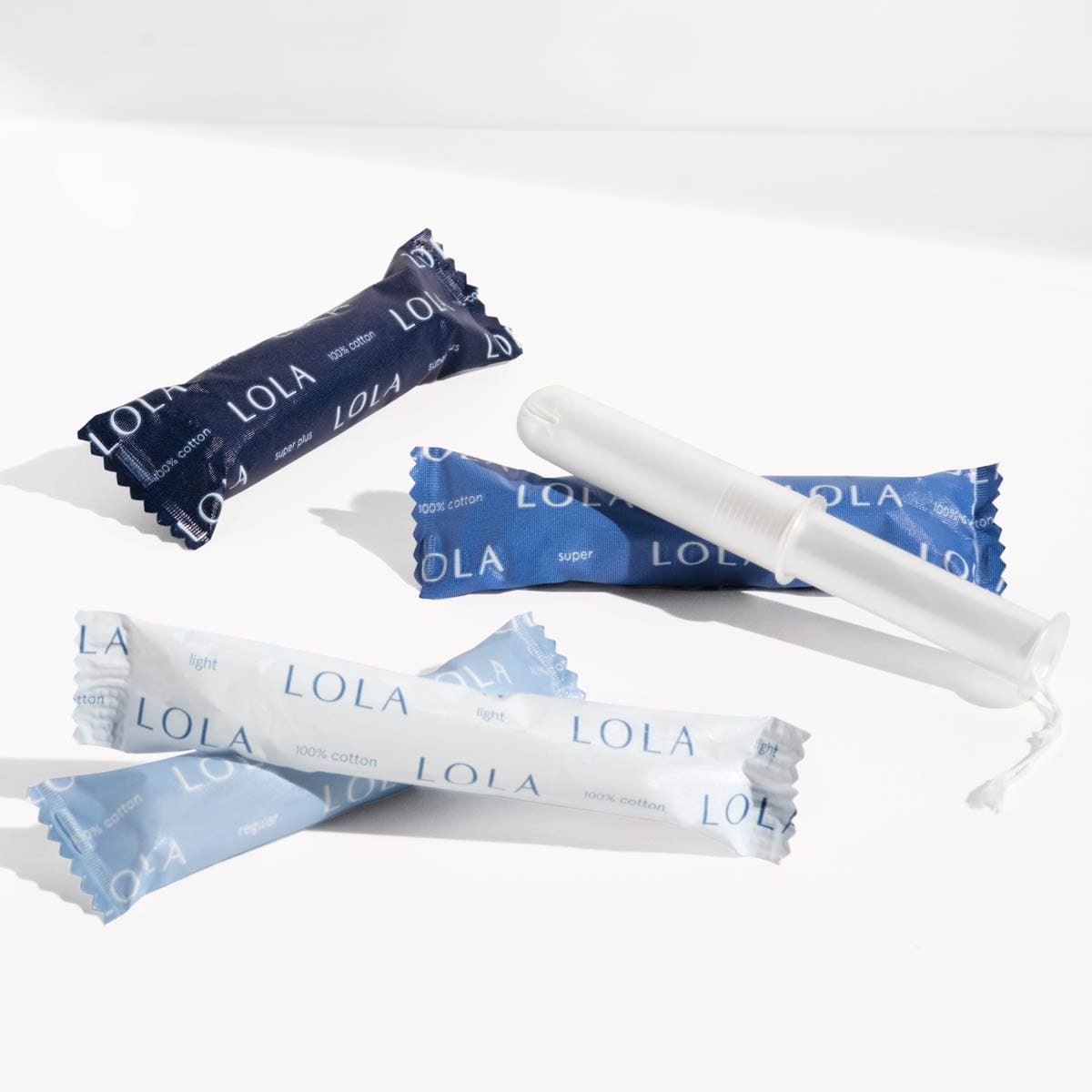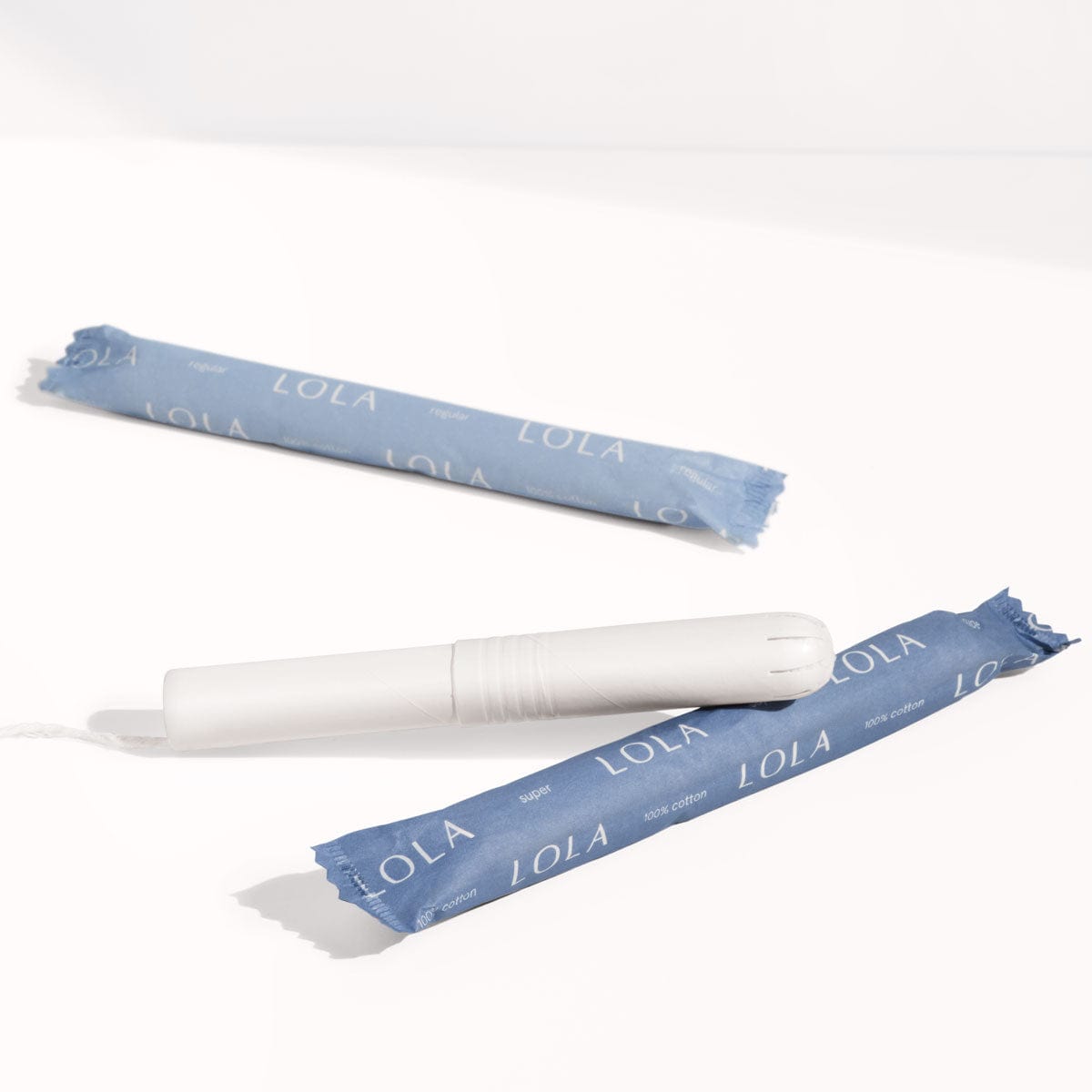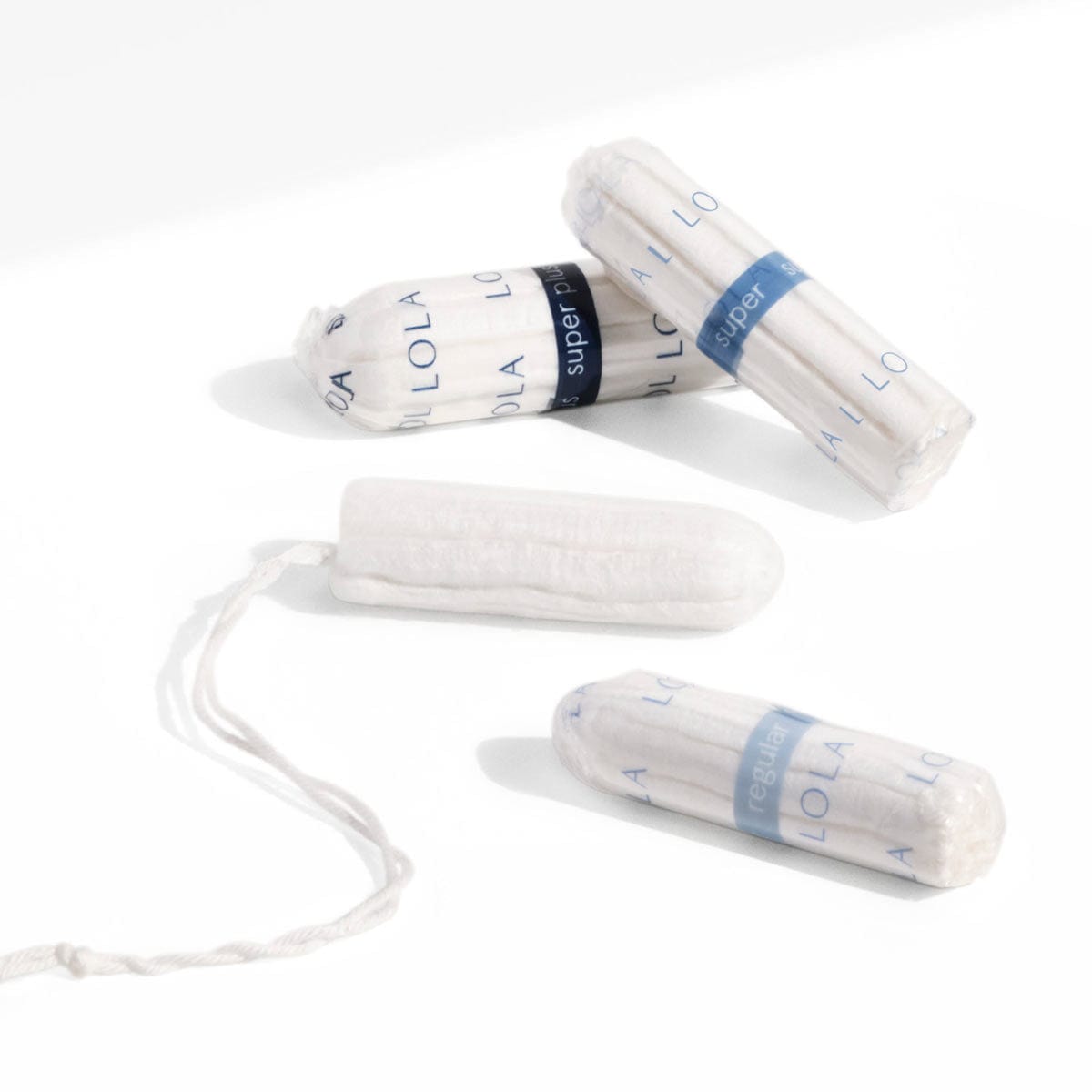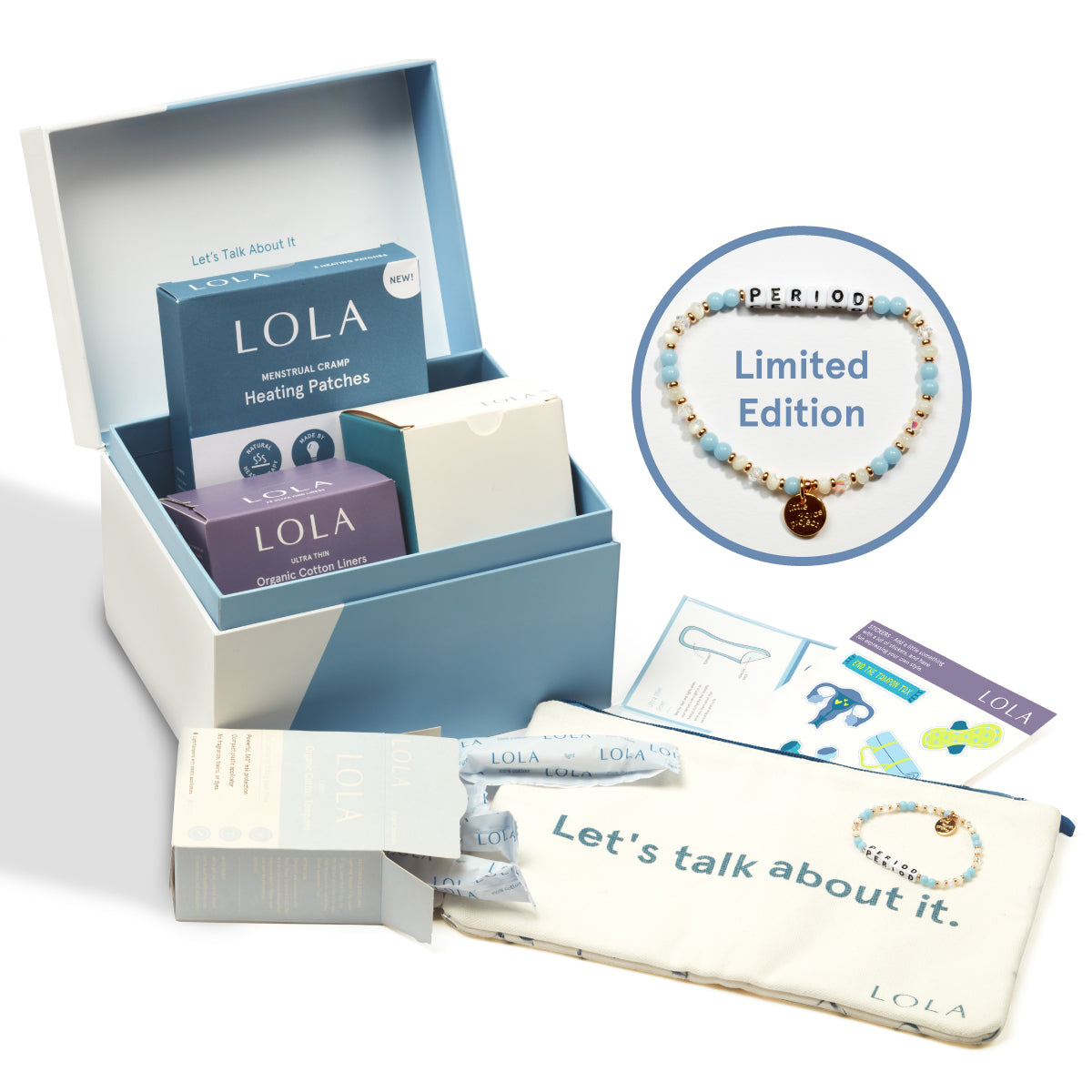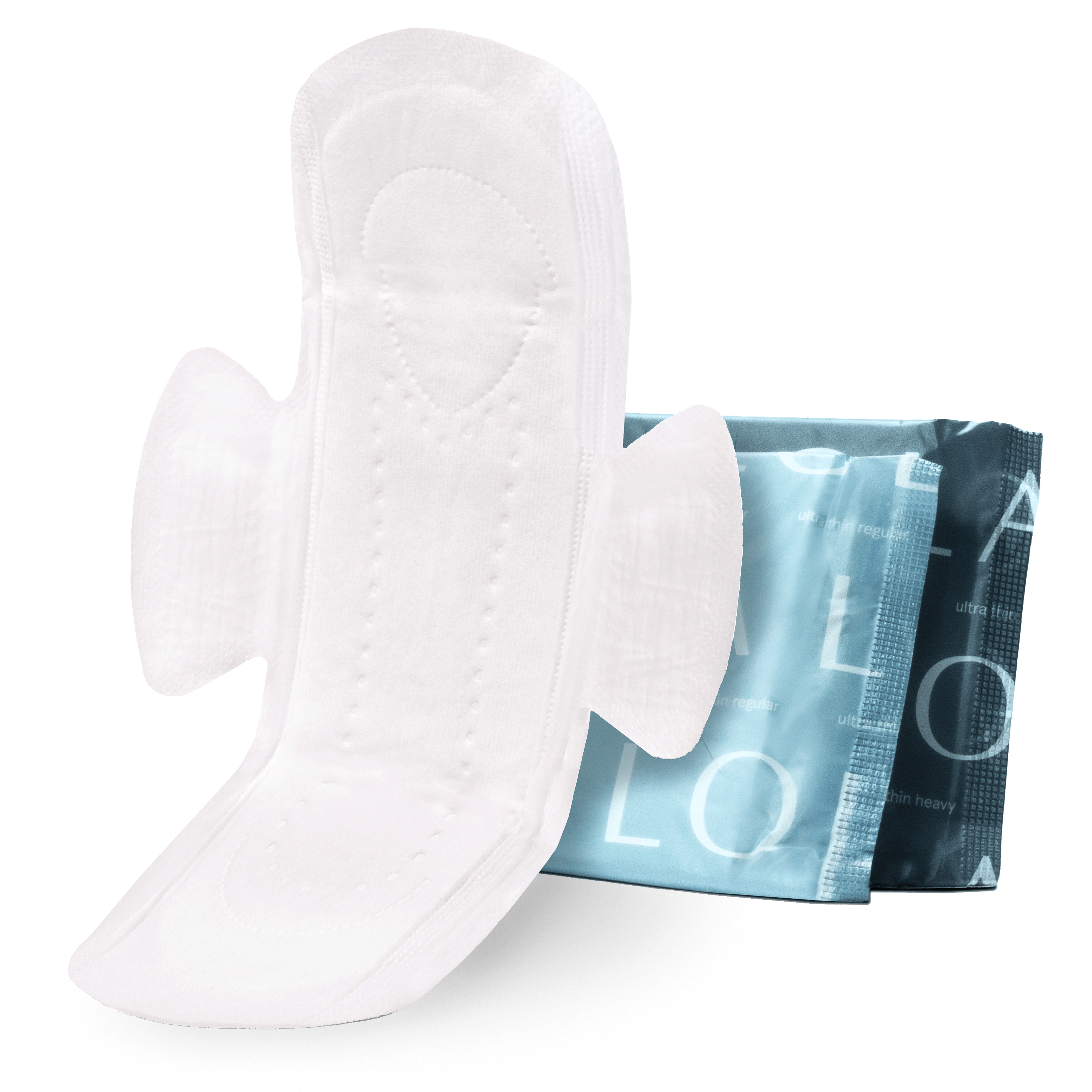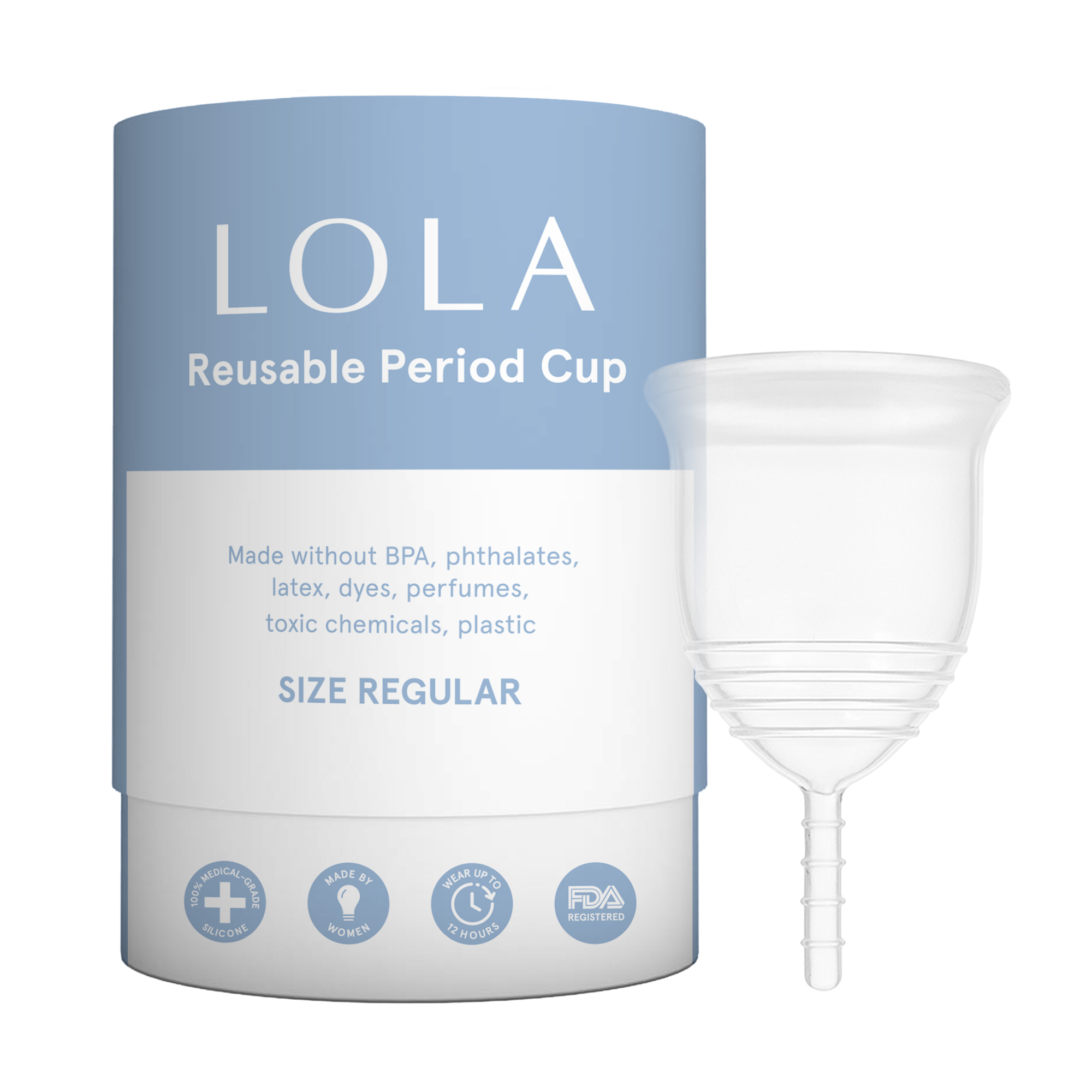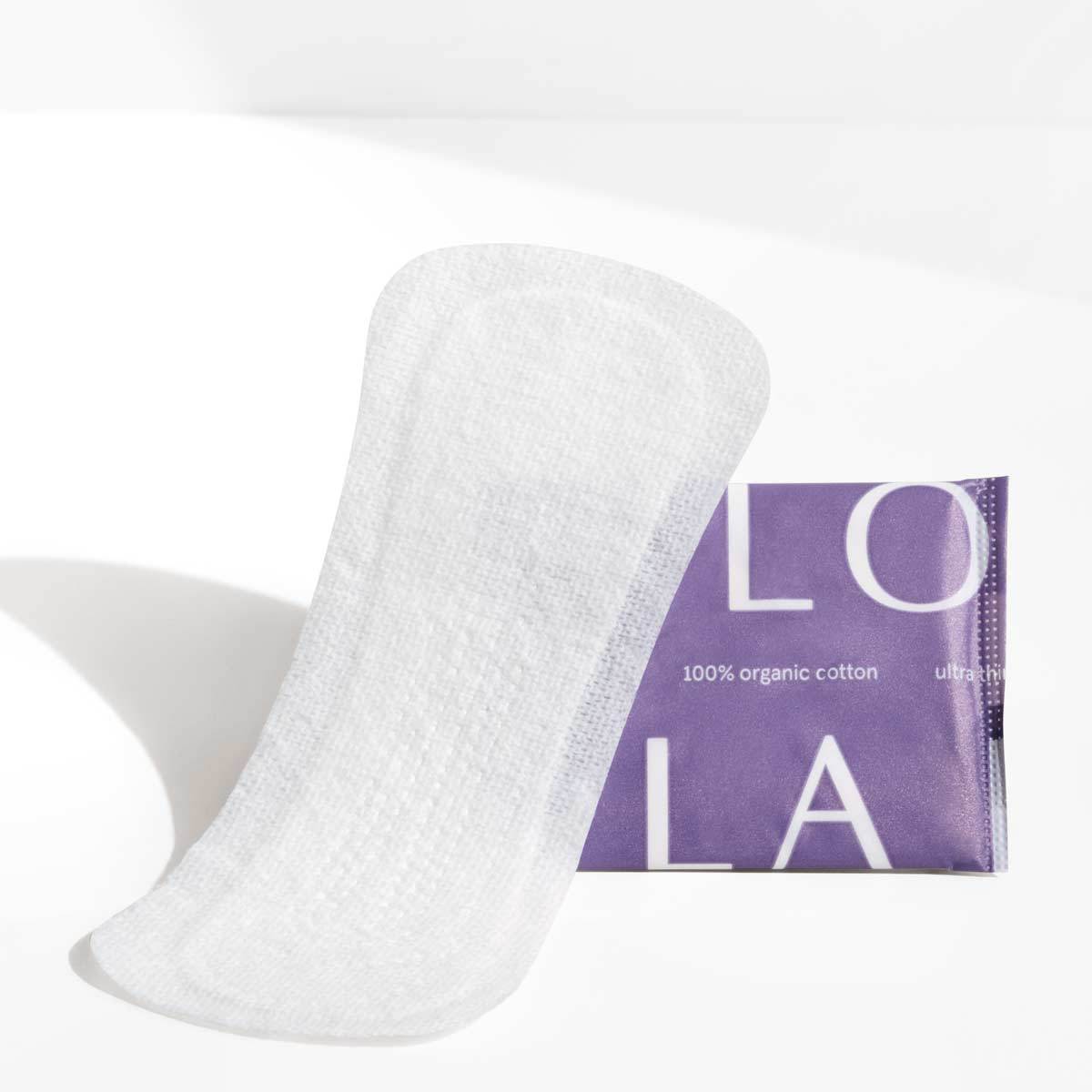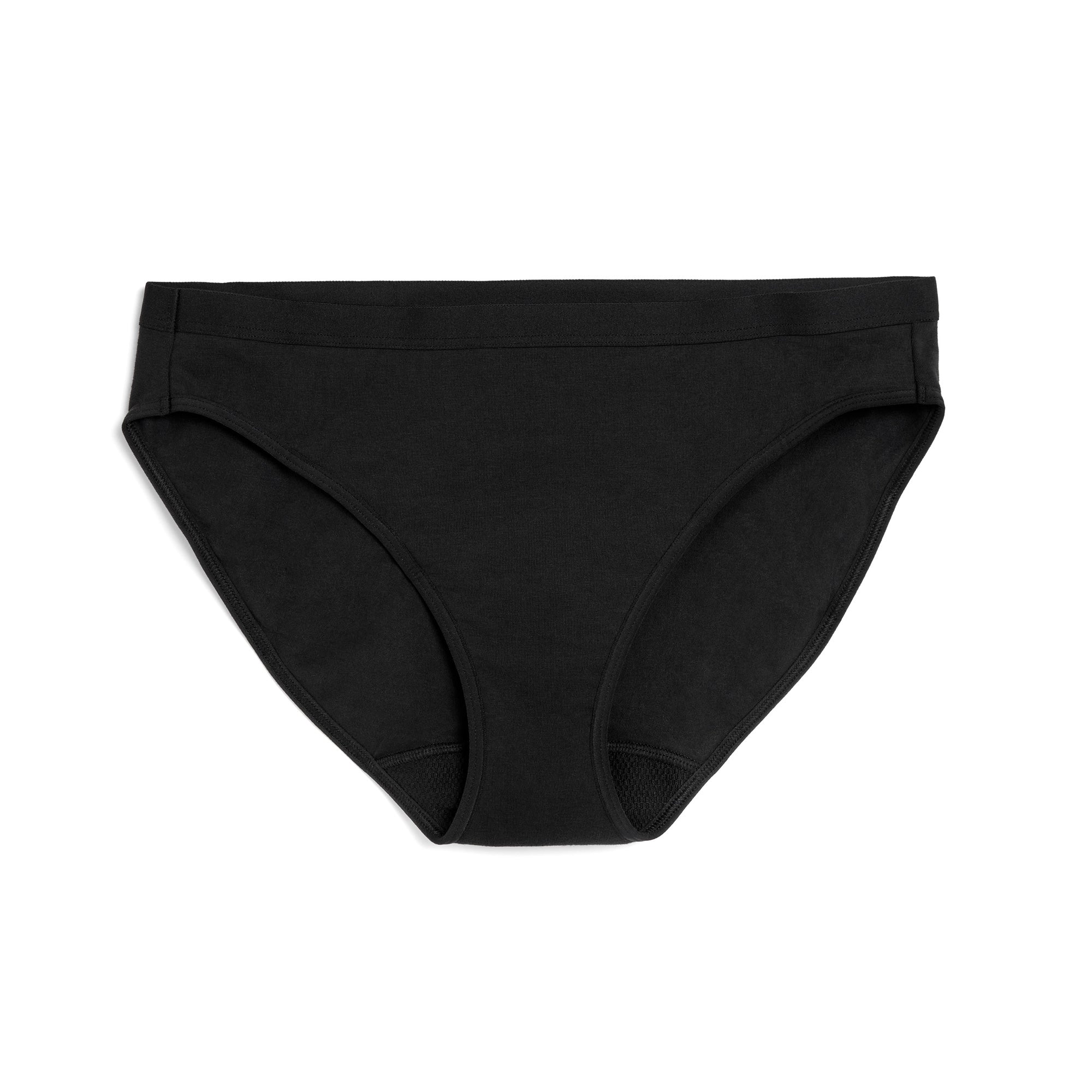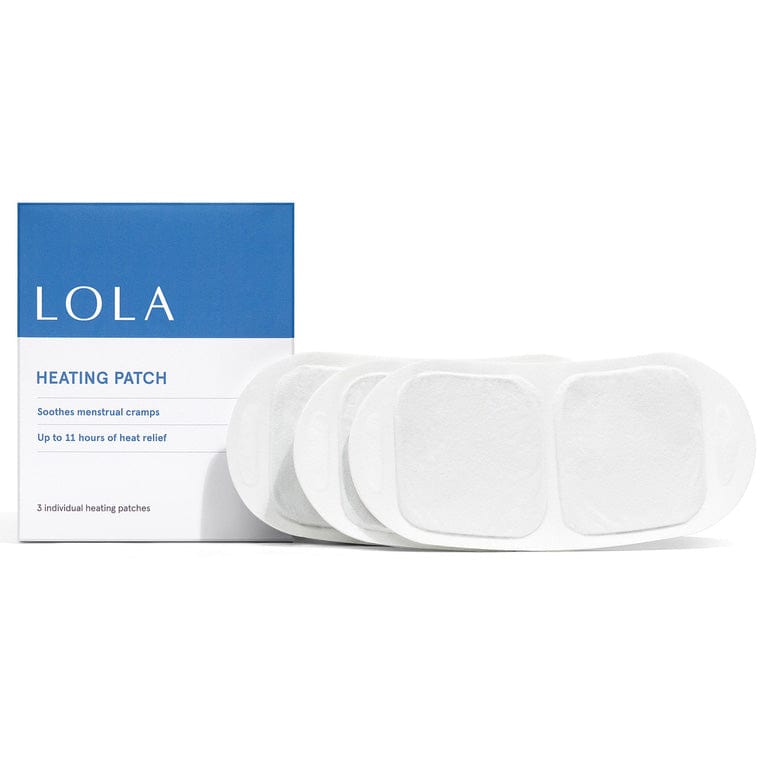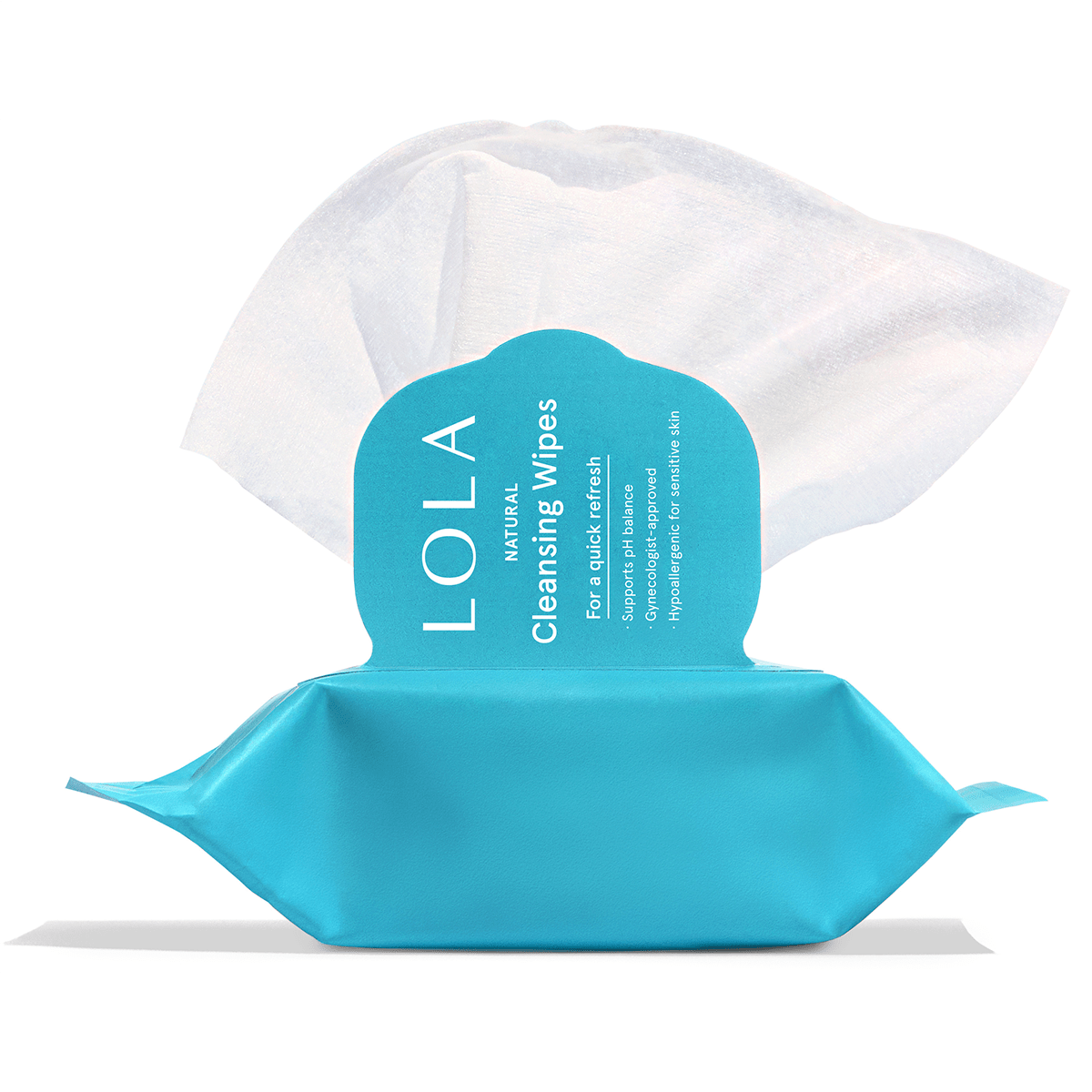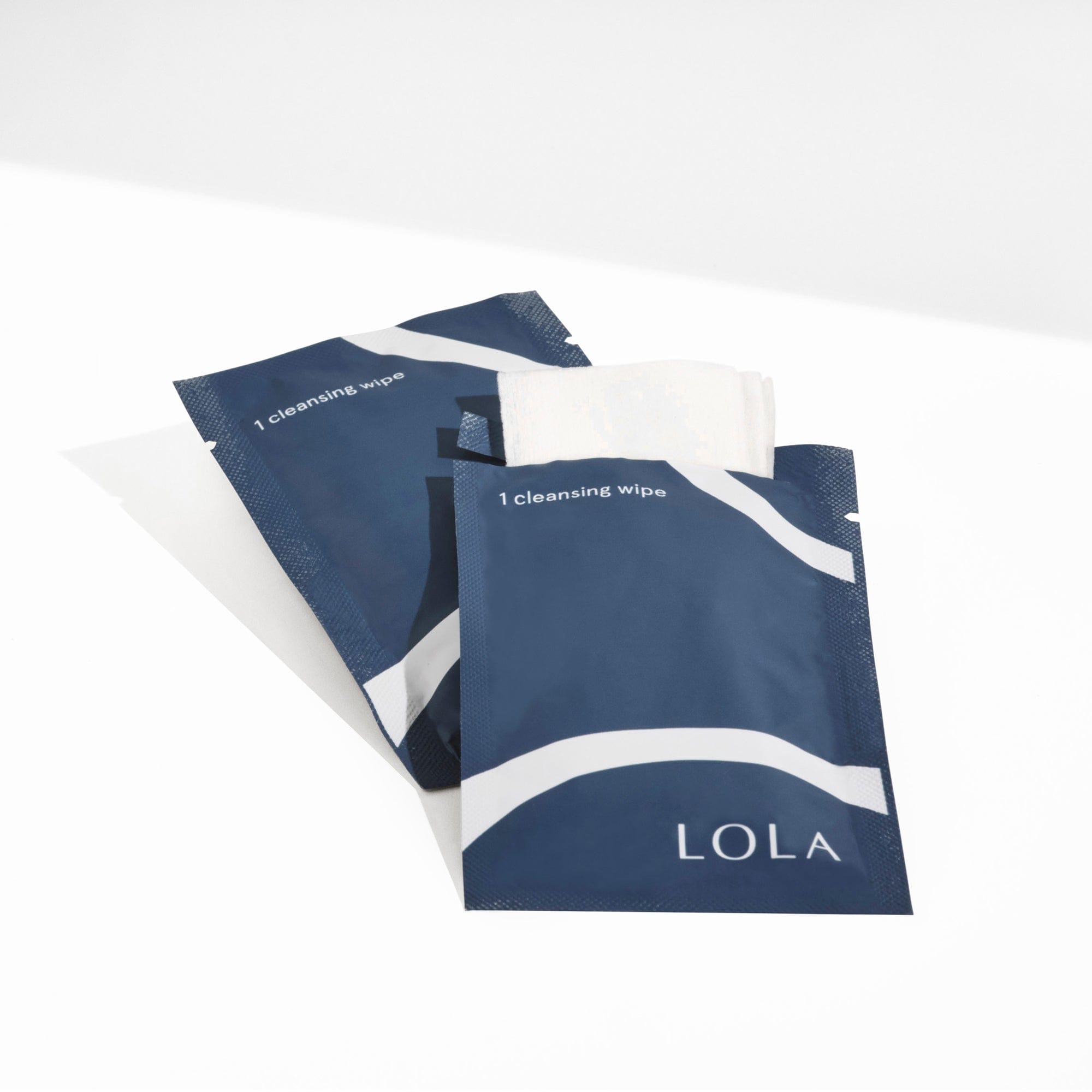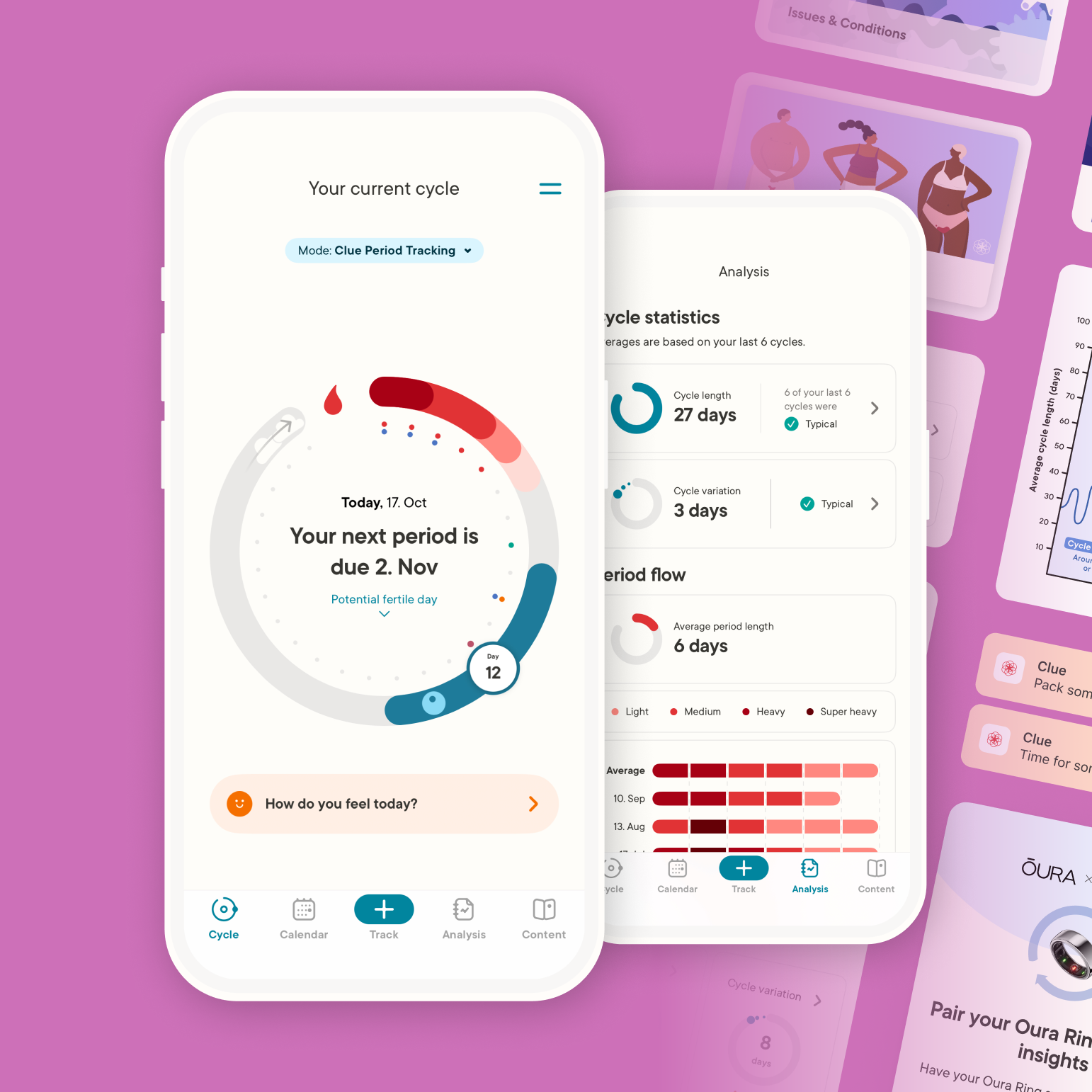Where there are alternatives, there are decisions to be made. And for many people, decision making can lead to decision fatigue (a.k.a. stress!).
If you’re a menstruator, the fact of the matter is, the last few years alone have been overwhelming to say the least. Possibly filled with a range of decisions you’ve had to consider or even make for yourself at one time or another.
- 2020: Should I receive the Covid-19 vaccine? Should I talk to my gynecologist first?
- 2021: Does period poverty affect my community? Should I contact my lawmakers?
-
2022: Should I join a rally to protest the federal constitutional right to have an abortion being revoked?
-
2023: Am I prepared if another tampon shortage happens? How can I be better prepared just in case?
- 2024: Should I even keep using tampons or should I find tampon alternatives? How will I even continue to afford menstrual care? Can I be more economical or environmentally mindful?
See? Decision fatigue.
Making decisions day in and day out is exhausting and causes feelings of being overwhelmed, anxious, or stressed. The mental overload can impede your ability to continue making decisions based on the complexity of daily choices you are confronted with, leading you to feeling shut down or unable to clearly see a path forward.
Whether your stress load is currently derived from trying to figure out what fit to wear for your hard launch post (look at you, snagged your crush pre-cuffing season) or not knowing how to find tampon alternatives for menstrual products that are safe for your health and sustainable for the environment (it’s giving standards), know that stressors are validated in the effect they have on you.
Some situations are obviously more serious and have riskier potential outcomes than others, especially when they’re related to your vagina, menstrual care, and reproductive system. For those situations, we are here to help when and how we can. And as a team of menstruators, we know that comprehensive information leads to the opportunity to make the most informed choices for not only your menstrual health, but for economical and environmental benefit as well!
Keep reading to discover various sustainable and eco-friendly period care alternatives to traditional tampons and understand the benefits and drawbacks of each option, including period products like menstrual cups, reusable pads, and period panties.
What Alternatives Are There to Tampons?
If you’re team tampon, know we mean no shade. We’re LOLA, tampons are kind of our thing. But so is transparency, and sometimes, tampons (even when made with 100% organic cotton like ours!) just don’t cut it for a variety of reasons. Alternatives for feminine hygiene products exist to use in place of tampons and are often more eco-friendly and more popular than you might think.
Why Should I Use An Alternative Period Product?
Your menstrual flow, lifestyle, and overall comfort will certainly contribute to how you explore tampon alternatives. But an additional step to guide your decision making is considering how overall health benefits, as well as economical and environmental impacts can work in unison.
If you aren’t able to access or afford organic, hypoallergenic, non-toxic tampons, you are likely exposing your body to synthetic fibers, chemical additives, fragrances, dyes, chlorine bleach, and other toxins. This can be a safety concern, as the mucous membranes in the vagina and vulva rapidly absorb chemicals without metabolizing them. Additionally, the constant need to throw away and replace tampons means as menstruators, we are committed to the decades-long expense of tampon repurchasing. And every time we repurchase, we unfortunately contribute to hundreds of thousands of tons of plastic waste each year (often not biodegradable, requiring several hundred years to fully decompose).
Like any worthwhile decision to make, you should consider all of the pros and cons of each alternative, and remember to be kind to yourself in the process–trial and error will play a big part in helping you decide which tampon alternative(s) works best for you.
Not sure whether to use panty liners or pads? We break down the pros, cons, and uses of each feminine care product to help you choose the best option.
Menstrual Cups
Reusable, eco-friendly, no waste, and cheaper in the long term: meet the menstrual cup.
Menstrual cups are small cups made from flexible and body-friendly plastic, made to insert into your vagina instead of a tampon. Sitting below your cervix, the cup collects blood and lining, versus absorbing it like a tampon. Before you make the switch to a cup, it's important to consider a few things:
Types
Menstrual cups come in a variety of types: Cups for beginners, cups with more customizable sizing, cups made for easy insertion and sensitive users, cups for heavy menstrual flows, and cups that are actually discs (even in disposable form).
Benefits
Choosing to use menstrual cups has many benefits, including being budget-friendly, being safer (significantly lower risk of developing toxic shock syndrome (TSS), a rare bacterial infection most commonly associated with tampon use), more menstrual flow collection (cups collect more blood than tampons can absorb!), and being eco-friendly and reusable.
- Most cups can safely be worn for up to 12 hours, which means they are a great overnight option.
- If you have an IUD, cups are generally considered safe for use, but of course, please check with your gynecologist for the best direction unique to your own patient care.
- For those more adventurous, certain cups and discs can remain inside your vagina during penetrative intercourse so you and your partner can still experience pleasure during period leak protection (have safe sex, use a condom!).
- Menstrual cups can last for years when properly taken care of; just remember to check the specific details for your cup on the packaging and/or the website you purchased it from.
Usage tips
Inserting:
- Before you start using a cup, talk to your gynecologist to ensure you’re on the same page about trying new menstrual care alternatives. Assuming that medically, all things are good to go (and flow!), the most obvious place to begin is by reading all of the instructions on the cup’s packaging.
- Hygiene is critical, so wash your hands before insertion. Get comfortable (sitting or standing works!), and fold the cup according to the instructions
- Separate your labia with the hand not holding the cup, relax all of your muscles (throw in a mental affirmation or two!), and slowly insert the cup into your vaginal canal. Once the cup is in your vagina, it will unfold, and the cup edges will rest against your vaginal walls.
- If you’ve had experience using a non-applicator tampon, think of that as a similar way you’d need to use your hand, vaginal muscle relaxation, and mental commitment when inserting a menstrual cup as well.
Removing:
- Practice, practice, practice! It may take a few tries, but you’ll achieve the perfect technique that works best for you.
- Relax your pelvic muscles, gently squeeze the base of the cup to break the seal, and slowly pull it out.
- Keep the cup upright until it is fully removed, and then empty the contents into the toilet.
Cleaning
- Remember that you have to clean your cup any time you take it out. Silicone resists bacteria, but you still need to keep your cup clean for optimal hygiene and safety.
- Rinse your cup under warm running water, then apply unscented soap to wash it, thoroughly rinsing until all of the soap is gone.
- If you’re on the go or in a situation where you can’t discreetly wash your menstrual cup, use cleansing wipes instead.
- In between cycles, it is important to sterilize, soft brush, and properly store your cup to remove all fluids and debris, preserve the silicone, and ensure the best overall product cleanliness so that it is ready for you come your next period.
Reusable sanitary pads
Materials, longevity, care instructions, and comfort:
- Reusable pads absorb menstrual fluid externally (the same way disposable pads do, making it an easier place to start in comparison to the cup!). Some reusable pads come with a holder for the absorbent pad insert; others are simply the fabric that you can snap right on to your underwear.
- Reusable pads have high longevity given that they are usually made of cotton or flannel.
- They are soft, absorbent, and breathable, which means less chafing and skin irritation compared to disposable pads.
- Cloth pads are easy to care for. They can be thoroughly washed with soap and water by hand, or simply rinsed and then placed in the laundry like other items of clothing. Reading all of the manufacturer guidelines will help you understand the best steps to take for after-use product care and storage.
- For beginners, feel free to use both reusable pads as well as disposable pads (opt for pads made with 100% organic cotton!) to avoid feeling frustrated by the process or experiencing accidental leaks as you learn the best methods for your menstrual needs.
Period Underwear
Materials, longevity, care instructions, and comfort:
- Environmentally friendly menstruation has never been easier thanks to period underwear. As far as sustainable menstrual solutions go, period underwear have trailblazed the way for menstruators of all ages (great for tweens or those with sensitivities) to wear, wash, repeat in a comfortable, economical, and eco-friendly way.
- If you’re not used to free bleeding (menstruating without the use of tampons or other common period products), you’ll feel the flow of menstruation, which can take some getting used to.
- Period underwear is sanitary when used and washed properly (hand-wash or machine wash generally works!). Not all period underwear can be tumble dried, so consider that (in addition to your absorbency needs) as well when shopping for the right pair for your needs.
- With regular non-period underwear, one pair per day generally suffices; however, to maintain your comfort and overall hygiene, period underwear most likely will need to be changed more often, especially depending on your flow.
[Explore the differences between period underwear and pads to choose the right menstrual product for you.]
Comparing Costs and Environmental Impact
Menstrual cups and period panties are usually more expensive at the start, but think of that price tag as a long term investment, and expect to see your cost savings by around a year of use!
Menstrual cups and discs, reusable sanitary pads, and period underwear allow menstruators to limit their consumption in materials and waste. We know, on top of everything on your to-do list, add save the planet? Not quite. Consuming less disposable period care products means less manufacturing and waste management emissions. In conventional tampons, the chemicals and synthetic materials used in the agricultural and manufacturing process have staggering impacts on the environment. A smaller environmental footprint is not far from reach by opting for tampon alternatives, or at least, adopting a period care routine that combines tampons and reusables.
Even with the requirement of washing reusable materials, you can safely assume the period underwear and reusable pads will take up a small additional amount of space in the laundry you already have to care for, so the uptick to laundering time is minimal!
Safety and Health Considerations
If you’ve made it this far—first, thanks (we love being a resource for our LOLA community!), and second, please don’t feel burdened by the details. The good news is, healthier period alternatives are available, and you can take your time considering where to start. Over time, you’ll customize a menstruation routine that works for you.
A common concern associated with using tampons is the risk of toxic shock syndrome (TSS), and even if you are changing your tampons at the recommended four to eight-hour mark, you might be ready for more peace of mind by using tampon alternatives—that’s a good thing.
Menstrual cups and discs, reusable sanitary pads, and period underwear also allow menstruators who do not identify as women to safely and comfortably manage their cycles when there are limitations in public restroom accessibility.
Remember, there are tampon alternatives, and by taking the time to learn more about each one, you can not only reimagine your period care routine but actually change it for the betterment of your health, wallet, and the planet.
Say farewell to decision fatigue and hello to having the power to pick what works best for your menstrual care.
Frequently Asked Questions
What can you use instead of a tampon?
Menstrual cups and discs, reusable sanitary pads, disposable sanitary pads and period underwear.
What is safer than tampons?
Pads are a great option to avoid having to insert anything inside your body. Being able to see your pad means you’ll be more likely to remember to change it at the most appropriate time to be safe and hygienic. Even though pads can also cause toxic shock syndrome, the risk is much smaller compared to tampons. You should still remember to change your pads regularly.
Are tampons riskier than pads?
Tampons are riskier than pads due to the higher chance of contracting toxic shock syndrome (TSS). Plus the chemicals, additives, and allergens in conventional tampons can lead to hormone disruption when absorbed through the mucous membranes in the vagina.
Is it better to wear a pad or tampon at night?
It is better to wear a pad at night (even if it is a reusable sanitary pad!). With gravity on your side, all you need to do is be sure to put on a fresh pad right before you go to bed–many brands even offer heavy/overnight absorbency, so you can safely and cleanly make it to the morning change time.
